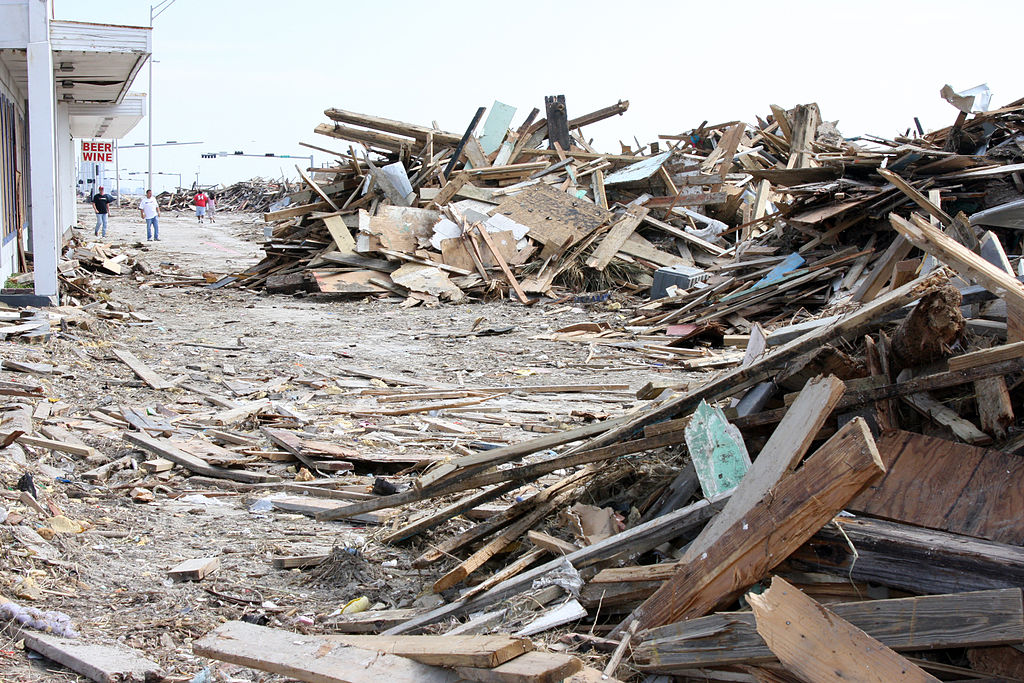Disaster recovery: NSF-funded study looks at calamities in six Texas cities

Image: Wikimedia Commons
Backed by a two-year grant from the National Science Foundation, Texas A&M University’s Hazard Reduction and Recovery Center is studying how communities recover from hurricanes, tornados, wildfires or industrial explosions.
The goal is to identify best practices in planning for disasters before and after the event. A team at the center is compiling and analyzing how well public and private agencies worked together to help six Texas communities with disaster recovery.
The communities under study are Granbury, hit by a tornado in 2013; West, the scene of a massive fertilizer plant explosion in 2013; Marion County, ravaged by the 2011 Bear Creek Fire, the largest wildfire in East Texas history; Bastrop County, where wildfires destroyed more than 1,000 homes in 2011; Galveston, which was hit hard by Hurricane Ike in 2008; and Brownsville, which was savaged by Hurricane Dolly that same year.
Leading the $221,076 project are co-principal investigators Michelle Meyer, an assistant research scientist at the center and an assistant professor of sociology at Louisiana State University, and John Cooper, a research fellow at the center and an urban planning associate professor of practice at Texas A&M.
The researchers plan to develop a model for organizing networks to support disaster recovery. The results will support local efforts to create plans that may enhance disaster recovery.

